NEWS
EnCORE in the News
April 25, 2024 | UCSD CSE
Barna Saha, a computer scientist at the University of California San Diego who spearheads a new $10 million multi-university research institute to tackle problems in theoretical foundations of data science, will be honored as the Harry E. Gruber Professor of Computer Science and Information Technologies Endowed Chair in a ceremony April 30.
Saha, who joined the Computer Science and Engineering Department (CSE) in the Jacobs School of Engineering as well as the Halıcıoğlu Data Science Institute (HDSI) in 2022, takes over the chairship formerly held by Distinguished Professor Emeritus Larry Smarr.
The ceremony will also celebrate the generosity of Harry E. Gruber, M.D. who jointly established the endowed chair with Brian Kenner (BS ’89) and Isaac Willis, M.D. nearly two decades ago to support a CSE faculty member in the Jacobs School. Kenner and Willis are each a former member of the Jacobs School’s Council of Advisors.
Read more about Barna and the Harry E. Gruber Endowed Chair here.
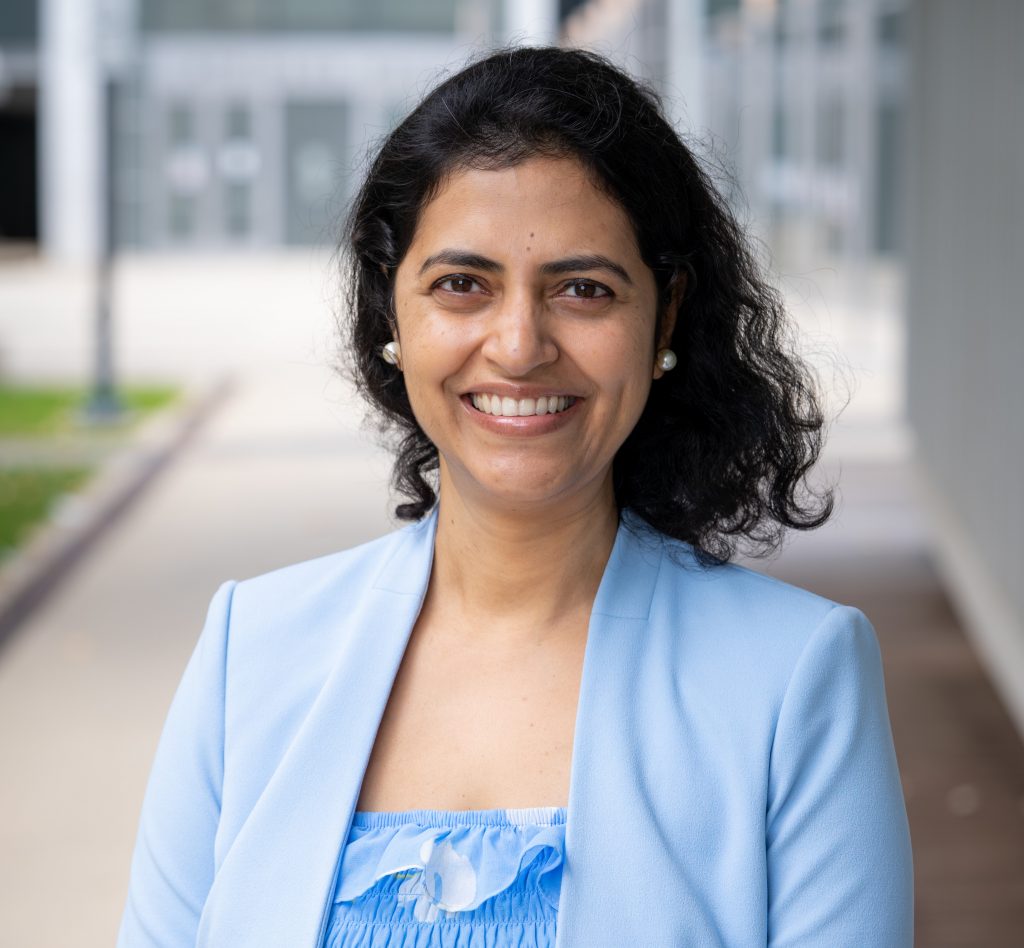
April 18, 2024 | TCS For All
TCS for All Travel Scholarships are intended for researchers at the beginning of their career. This scholarship is being made available for minorities in TCS, and anyone who identifies as such is welcome to apply; this scholarship is open to both US and international students. Preference will be given to students at the beginning of their studies. If we have sufficient funding, we will give awards to more senior students and possibly even postdocs.
The application for the travel scholarship can be found here. The deadline to apply is April 28, 2024 (11:59 PM PDT). In addition, you must have an advisor send a letter of support to tcswomen@gmail.com by the deadline.
We also invite nominations in our Rising Star talks for the TCS for All Spotlight Workshop at STOC 2024. To be eligible, your nominee has to be a senior PhD student with an expected graduation no later than August 2024 or a postdoc in theoretical computer science, an underrepresented minority, and not a speaker at a previous TCS Women Spotlight Workshop. Preference will be given to speakers who are currently on the job market for postdoctoral/faculty positions, or who expect to be on the job market in Fall 2024.
Make your nomination here by April 28, 2024.
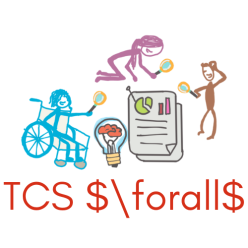
January 18, 2024 | NSF
EnCORE PI Raghu Meka and student Zander Kelley’s work on three-term arithmetic progressions (previously featured in our news) was selected as one of three mathematical breakthroughs in 2023 by Quanta Magazine and is featured in their yearly video series here.

December 20, 2023 | EnCORE
The Rising Stars in Data Science workshop was hosted November 13-14 by the University of
Chicago in collaboration with the University of California, San Diego – EnCORE and HDSI. The
conference brought together an exceptional selection of Ph.D. students and postdocs to share
their latest research findings and discuss emerging trends and challenges.
The EnCORE team, in collaboration with UChicago, put in a tremendous effort in the planning,
production, and application review process of the Rising Stars workshop. Additionally, the
EnCORE team was responsible for focusing the aim of the workshop to increase representation
and diversity in data science by providing a platform to receive invaluable career mentoring from
EnCORE PIs and other esteemed faculty.
Read more about the event recap here.
Rising Stars application deadlines and conference dates for 2024 will be shared in the early part of 2024.
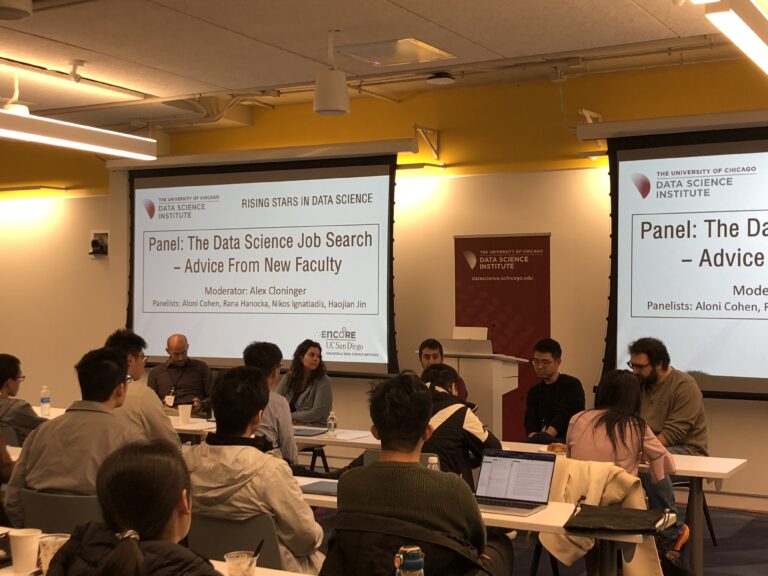
December 2, 2023 | EnCORE
Last Saturday, Saura Naderi of HDSI Lab 3.0 and EnCORE, brought together a group of elementary school students for an immersive workshop on robotics and creativity. The workshop’s main focus was the fusion of traditional arts and crafts with robotics, challenging young minds to explore the intersection of art and technology. Throughout the day, students worked with their parents or guardians, delving into the fundamentals of coding and circuits while creating their own robotic arts and crafts projects.
Learn more about the outreach event here.

November 10, 2023 | EnCORE
The Institute for Emerging CORE Methods in Data Science (EnCORE) welcomes proposals for extended research visits between 2024-2025. Each extended research visit proposal needs to identify 3-5 researchers who will be spending 2-4 weeks at the institute working on their proposed research theme.
Foundational questions in all areas of Computer Science, Data Science, and AI are within scope. A proposal may aim to solve long-standing open questions in an established area or identify new theoretical directions in an emerging application area, or enable bridging between theory and practice among others. Moreover, each team will be organizing a workshop (3 to 5 days) during their stay at UCSD related to the research theme, bringing in additional participants (up to 20 including the organizers) to facilitate further dialogues. Proposals from industry are welcome and encouraged.
Learn more about the program and the application process here.
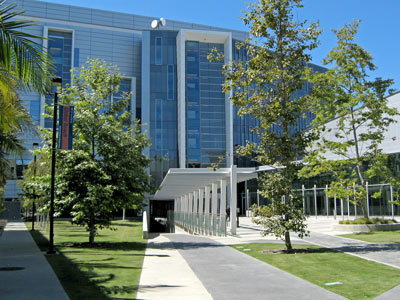
October 12, 2023 | NSF

September 13, 2023 | NSF
Join the 2-day EnCORE tutorial “Characterizing and Classifying Cell Types of the Brain: An Introduction for Computational Scientists” with Michael Hawrylycz, Ph.D., Investigator, Allen Institute.
This tutorial will take place on March 21 – 22, 2024 at UC San Diego in the Computer Science and Engineering Building in Room 1242. There will be a Zoom option available as well.
Learn more about the tutorial by visiting this event page.
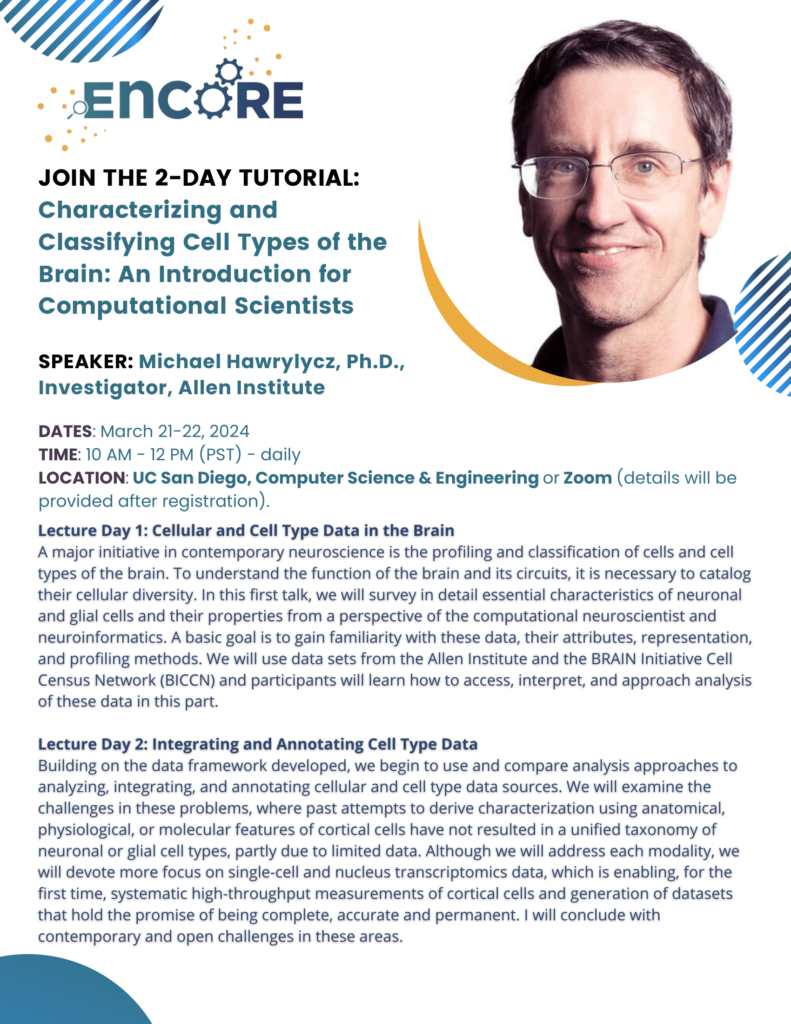
May 23, 2023 | NSF
EnCORE organized a 2-day tutorial on Statistical Machine Learning Models for Neural and Behavioral Data Analysis with Anqi Wu, an assistant professor in the Computer Science and Engineering (CSE) department at the Georgia Institute of Technology. This tutorial was geared toward Computer Science and Data Science junior graduate students with little to no experience in neuroscience.
This tutorial took place from Monday, May 22, 2023, to Tuesday, May 23, 2023, at UC San Diego in the CSE Building in Room 1242. Recordings of the event can be found on the event page and EnCORE’s YouTube Channel.
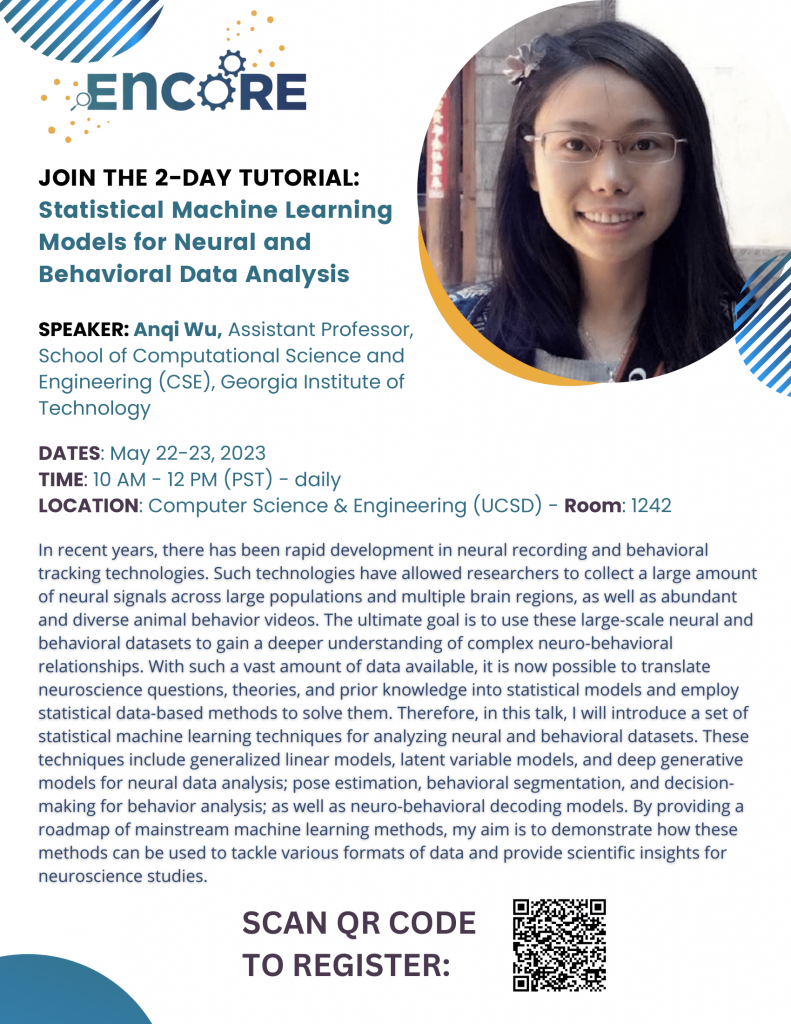
April 4, 2023 | NSF
Self-distillation (SD) is a technique where a “teacher” model trains in a standard way and then uses the teacher’s predictions with the original labels to train a “student” model with the same architecture as the teacher. The student often outperforms the teacher, even when trained on the same examples, with the same model architecture and the same training process. In this study, Rudrajit Das (EnCORE graduate RA and Ph.D. student) and Sujay Sanghavi (EnCORE Co-PI) explore why and when a student outperforms the teacher in linear and logistic regression when given labels are corrupted with noise. They also formalized the limitations of SD and demonstrated the efficacy of their work on various academic datasets with different label corruption models.

February 24, 2023 | NSF
Aaron Roth, Henry Salvatori Professor of Computer & Cognitive Science in Computer and Information Science (CIS), and Michael Kearns, National Center Professor of Management & Technology in CIS recently led a PNAS study that demonstrated how private data of U.S. citizens can be reconstructed from publicly released Census statistics. The study’s authors present an attack that proves that this reconstruction is well beyond chance. By ranking the reconstructed data according to the likelihood of authenticity and by comparing to baselines corresponding to distributional knowledge of various strengths, the authors showcase how easily private data can be exposed.
February 14, 2023 | NSF
Raghu Meka (EnCORE Faculty), along with Zander Kelley, have achieved a groundbreaking breakthrough in mathematics. Their latest research paper, “Strong Bounds for 3-Progressions,” presents their findings on proving Behrend-type bounds for 3-term arithmetic progressions (3APs). The authors introduce innovative analytical techniques to tackle relevant queries in the finite-field domain, which they successfully adapt to the more intricate integer domain.
December 9th, 2022 | NSF
The EnCORE institute is inviting expression of interest from designated minority serving institutions, undergraduate and R2 institutions for possible research collaborations. The research areas of interest include algorithms and theoretical computer science; responsible learning including fairness, privacy and interpretability; data-driven optimization, and theoretical foundations of neuroscience.
August 25th, 2022 | TCS Women
TCS Women Travel Scholarships are intended for researchers at the beginning of their career. This scholarship is being made available for women and minorities, and anyone who identifies as such is welcome to apply; this scholarship is open to both US and international students. Preference will be given to students at the beginning of their studies. If we have sufficient funding, we will give awards to more senior students and possibly even postdocs.
August 8th, 2022 | UCLA Samueli Computer Science
UCLA will be part of a multi-institutional research center funded by the National Science Foundation (NSF). The Institute for Emerging CORE Methods in Data Science, or EnCORE, will be a collaboration among UC San Diego (lead organization), UCLA, University of Pennsylvania and the University of Texas at Austin.
July 29th, 2022 | NSF News
Data science is an expanding field that requires the expertise of computer scientists, engineers, mathematicians, and statisticians to handle the complex analysis of ever-larger data sets. Data affect how industry, academia and government operate. The U.S. National Science Foundation is committed to leading the nation in foundational data science research.
July 29th, 2022 | UC San Diego News Center
A new National Science Foundation initiative has created a $10 million dollar institute led by computer and data scientists at University of California San Diego that aims to transform the core fundamentals of the rapidly emerging field of Data Science.
Called The Institute for Emerging CORE Methods in Data Science (EnCORE), the institute will be housed in the Department of Computer Science and Engineering (CSE), in collaboration with The Halıcıoğlu Data Science Institute (HDSI), and will tackle a set of important problems in theoretical foundations of Data Science.
July 29th, 2022 | Data Science UCSD
UC San Diego Chancellor Pradeep K. Khosla said UC San Diego’s highly collaborative, multidisciplinary community is the perfect environment to launch and develop EnCORE. “We have a long history of successful cross-disciplinary collaboration on campus and off campus, with renowned research institutions across the nation. UC San Diego is also home to the San Diego Supercomputer Center, the HDSI, and leading researchers in artificial intelligence and machine learning,” Khosla said. ”We have the capacity to house and analyze a wide variety of massive and complex data sets by some of the most brilliant minds of our time, and then share that knowledge with the world.”



